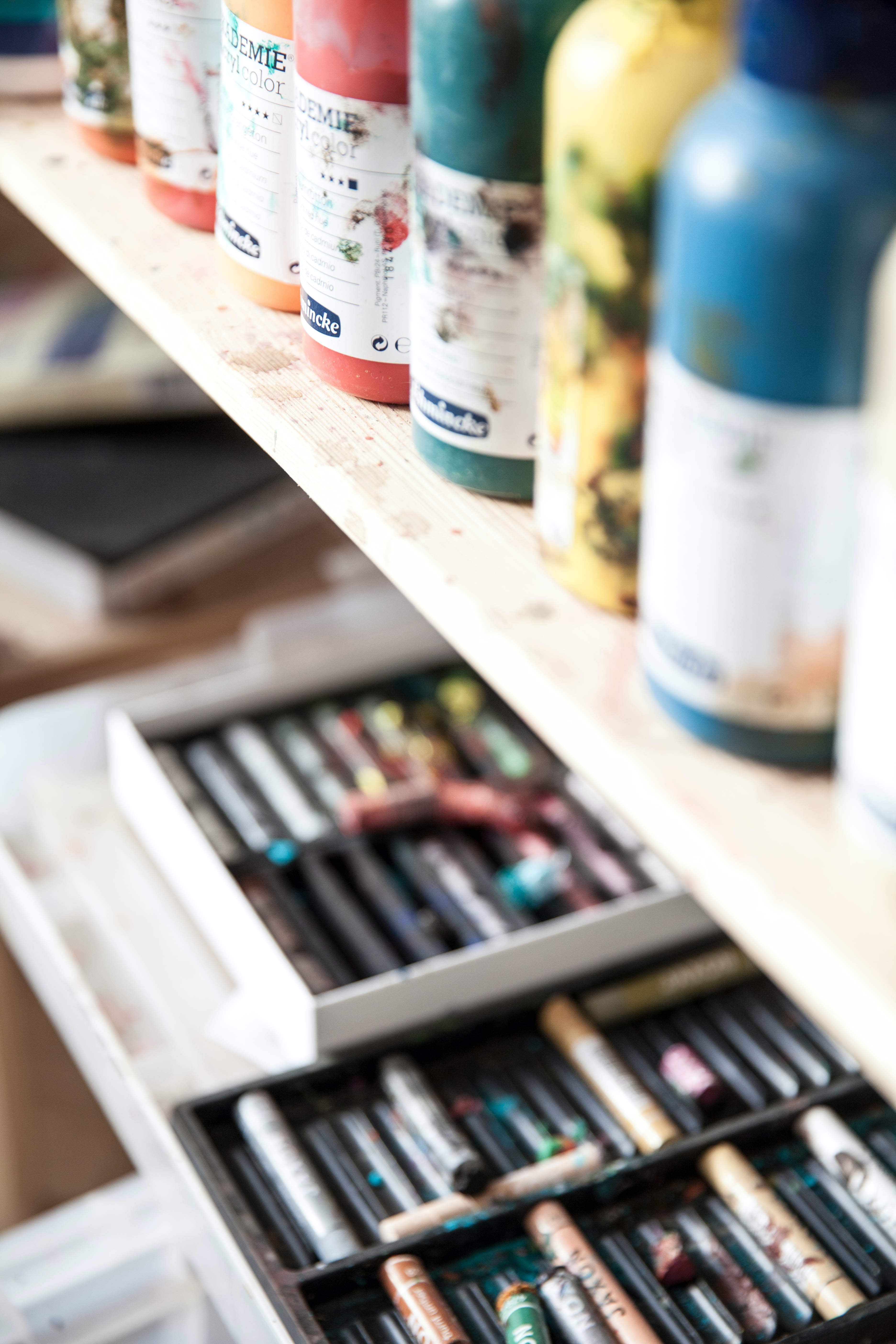Putting Together A Creative Portfolio

Do you have a bunch of folders labelled “untitled” on your desktop? Or an endless collection of WIP files titled final.doc, finalfinal.doc and reallyreallyfinal.doc?
Well, here's a solution- why not take the work of multiple sleepless and caffeine-fueled nights, and turn them into a creative portfolio instead?
Your first reaction to this might be: Why though? Here's why; according to the Ministry of Education, an average of 290,000 graduates are produced every year, nationwide. A portfolio showcasing your talents and work would be one of the best ways to set you apart from other graduates.
Here are a few tips to producing a portfolio that could be the key to your dream job:
1. Choose Your Platform
Are you going digital or physical?
Do you want to be able to carry a hard copy of your portfolio around, or do you want it to be accessible by anyone, anytime?
Be sure to explore your needs, the nature of your industry of choice, and your potential employers to decide which direction to go with.
You might even opt to go with both!
Use Adobe Illustrator or InDesign to design your printed portfolios. Two popular (and free) websites you can use for digital portfolios are Behance and Wix.com.
2. Decide on a Concept
Your concept is your selling point.
A concept is like the main theme in an advertisement- it is the key message you want your audience to see when they flip through your portfolio.
What does the concept say about you and your personality?
Think of it as your own personal brand, a style, look and feel that expresses to the audience about who you really are. Think visually. Is your concept tropical? Use a mix of vivid and earthy tones. Futuristic? Use geometric shapes and neon colours. Retro? Go for lines and 8-bit style design.
3. Curate your work
Include previous samples of your work to show your style and growth over the years.
Time to start digging through years of your past work! This can include college assignments, past client projects or even passion projects!
Note: Not all your work might make the cut- but that's okay! If you’re not particularly proud of a certain piece you've worked on, leave it out! Or- instead of giving it the chop completely, you could try reworking or revamping the idea into something new.
At the end of the day, YOU have full control of what goes into your portfolio- just be sure to strut your stuff, and present your best work!
4. Tell a Story
Use your work to paint a picture of yourself to your audience.
Done correctly, your portfolio should be a story about yourself and the way your mind works.
Don’t just dump all your work into the portfolio- instead, plan and organise the contents.
Show the process behind its curation. Write a few lines or display sketches that reveal the thought process and rationale behind every project. Make it less robotic, more human.
5. Spell-Check!
Check. Your. Spelling.
This is important! No matter how fancy, or how well curated your portfolio is, if it's riddled with grammatical and spelling errors, employers will not look twice at it.
Worried you may not catch the typos/ spelling mistakes/ grammar glitches? Get your work checked by a second pair of eyes- ask someone you trust to check out your work for you.
6.Update, Update, Update.
Make sure your portfolio is up to date.
One of the most common mistakes graduates make is recycling the same portfolio every time they apply for a job.
Make sure to constantly update your portfolios- especially if you've recently gone for an internship, or have worked on some new projects in between job applications.
Employers love self-directed briefs too! Show them that you are capable of taking initiative by giving yourself your own project or assignments to showcase your skills.
Your portfolio will only be as good as the effort you put into it. Try to separate yourself from other graduates by adding more personality and flair into your collection. Take the time to think about your strengths and how to best showcase them to interest potential employers.
Don’t be scared to reveal mistakes that you've made while learning- just be sure to show how you solved them afterwards. Critical thinking and problem solving are two very crucial skills that employers are constantly on the lookout for.
Finally, remember to be human and be yourself. Good luck!
Related Topics:
Education





